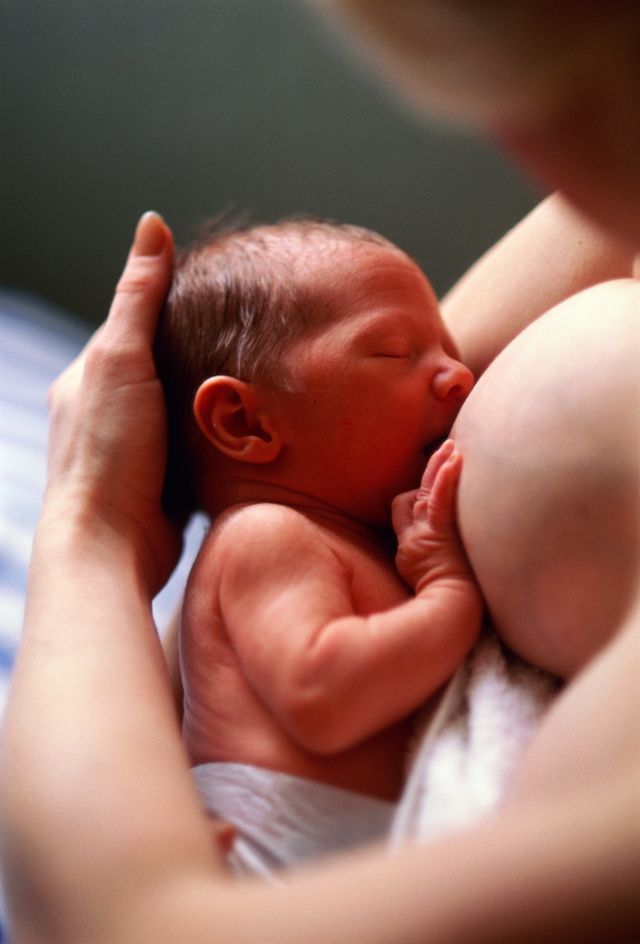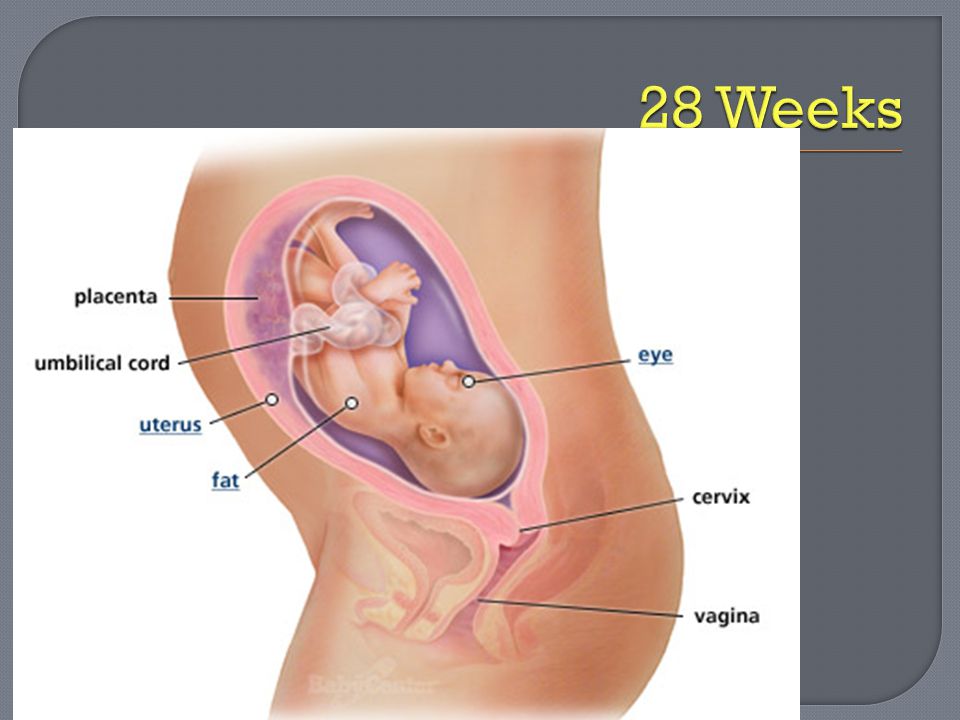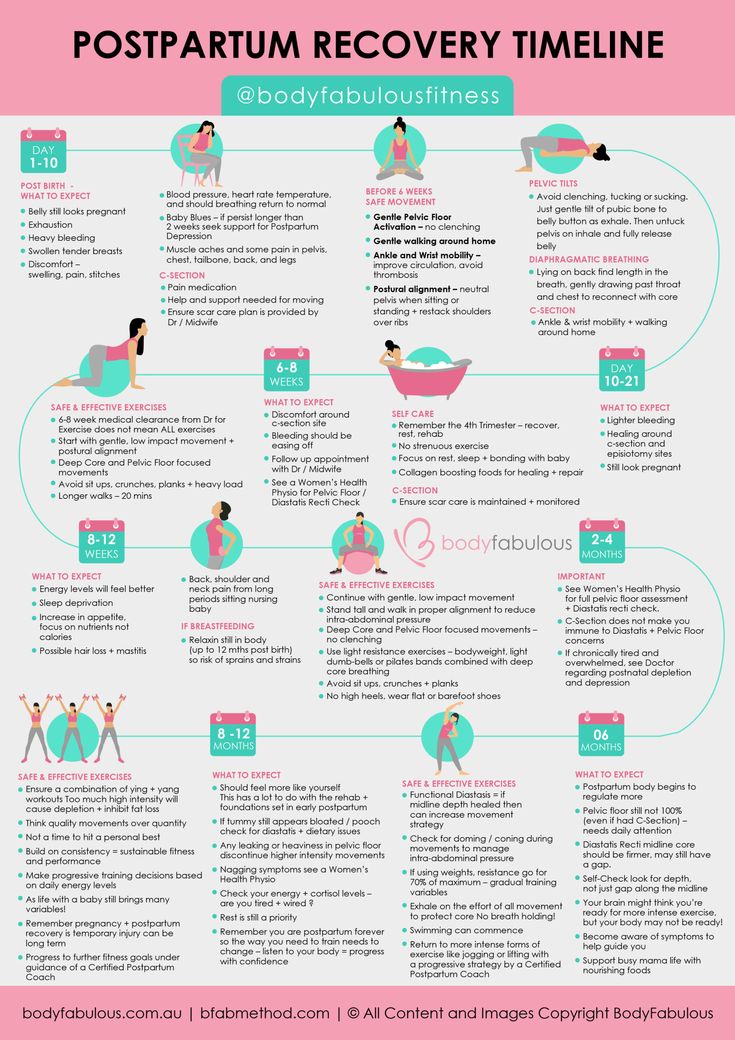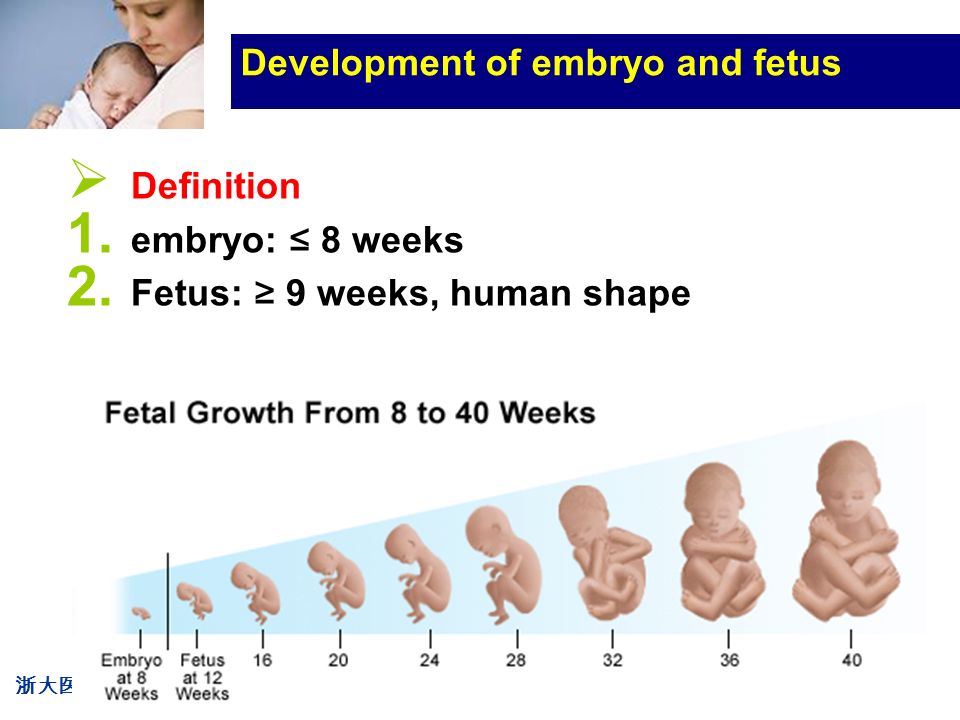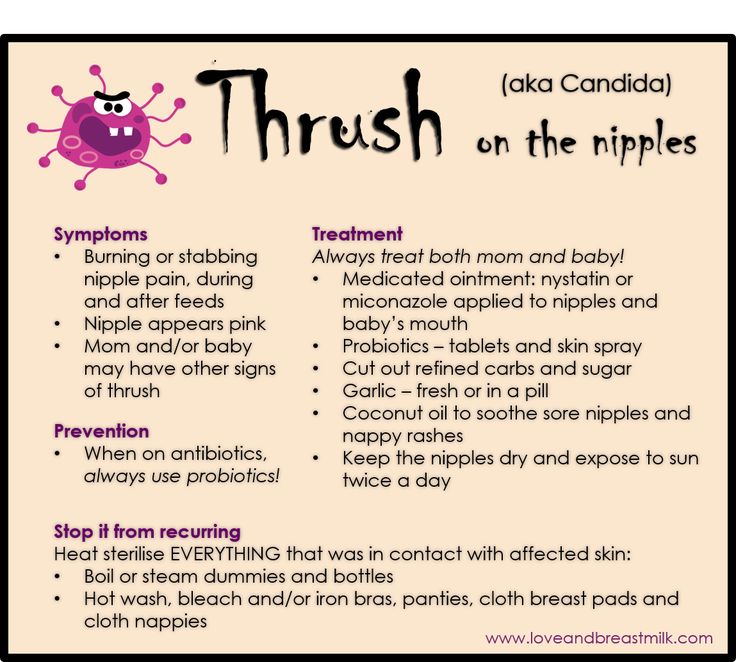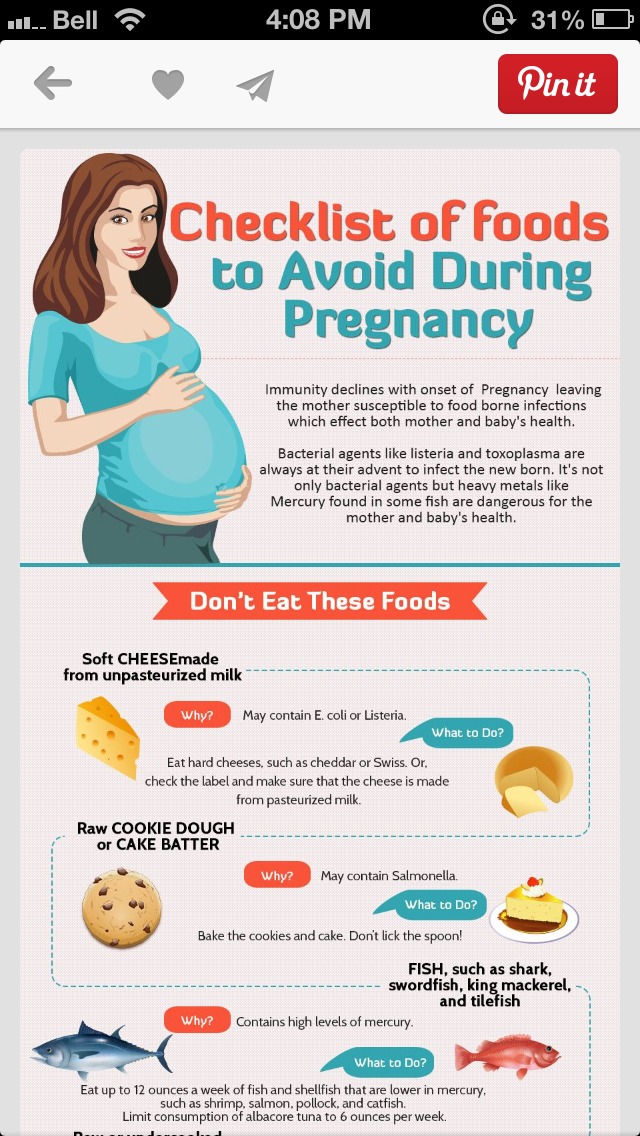Breast milk pregnancy
When Does Breast Milk Come In & Signs It’s Coming
The look and feel of your colostrum, or early milk, is much different from your mature, later milk - which often comes in around 2 - 5 days after your baby's birth, though every mama’s timing is different.
Share this content
So, When Does Breast Milk Come In?
Though colostrum production begins as early as 16 weeks pregnant and should begin to be expressed right away after birth (with some moms even experiencing occasional leakage later in pregnancy), its look and composition differs significantly from your later breast milk. This is because colostrum, or your “first milk”, plays a much different role for your baby than your later breast milk, though both forms are incredibly important to your baby’s wellness and development. Though later breast milk may take some time to “come in” after delivery, your milk production has been in the works since early in your pregnancy, so don’t worry, mama – it’ll be here soon enough!
Moms shouldn’t expect to see large milk volumes in the first few days after birth, though most newborns lose weight during this time. Both of these things are normal and expected, and your colostrum is all your newborn needs until your later milk presents. With that in mind, your later milk – or the breast milk produced as your colostrum transitions to your mature milk – “comes in” about 2 – 5 days after your baby’s birth. “Coming in” refers to the significant increase in volume and changes in composition, though this popular term isn’t necessarily accurate. This is because your colostrum is breast milk and should be fed to your baby as soon as possible after birth. When your mature milk comes in later, however, it is accompanied by some very noticeable symptoms.
Signs Milk Is Coming In
Many women, even first-time moms, know exactly when their breast milk has come in, mainly due to common indicators like:
- Breast engorgement, or the feeling of fullness, heaviness, and/or firmness.
- Swelling of the breasts.
- Breast milk leakage, particularly overnight.
- Flattened nipples and/or skin tightening or firmness around the areolas.
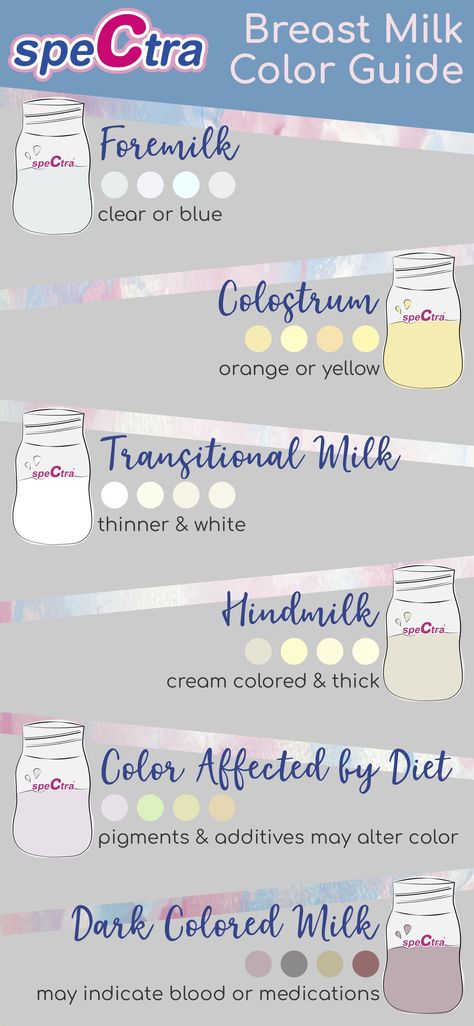
This initial engorgement – and the occasional discomfort that may accompany the first time your milk comes in – will dissipate as your body adjusts to a regular nursing and pumping routine. If your breasts are frequently engorged after your milk comes in, this is a sign that your body is working hard to produce milk and you may not be fully emptying your breasts after a nursing session – be sure to have a breast pump and breast milk storage bags on hand, so you can fully empty your breasts after and between breastfeeding your little one. Your pumped breast milk can be stored in the refrigerator or freezer, so you can start a stockpile for your little one – which can be especially helpful if your partner or another person, such as a babysitter, needs to feed the baby. Just be sure to read up on the latest breast milk storage guidelines and use a helpful feeding and pumping log to ensure none of your precious liquid gold goes to waste!
What Else Should I Know?
Though your body’s breast milk production is kicked into high gear within 30 – 40 hours after you deliver the placenta, your later milk coming in is dictated by the hormonal changes taking place in your body during this time.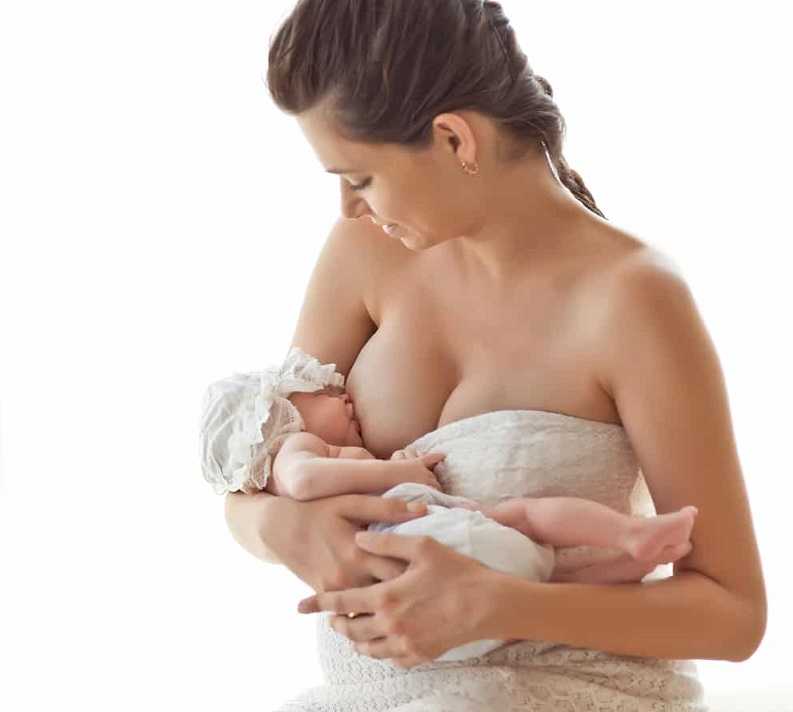 Because every woman – and every pregnancy – is different, there is a range of days during which breast milk may come in. With that in mind, there is evidence that skin to skin contact, initiating breastfeeding within 30 – 60 minutes after birth, and continuing to nurse early and often (or pumping or hand expressing your colostrum to feed your baby, if there are latching challenges) can positively impact your breast milk production.
Because every woman – and every pregnancy – is different, there is a range of days during which breast milk may come in. With that in mind, there is evidence that skin to skin contact, initiating breastfeeding within 30 – 60 minutes after birth, and continuing to nurse early and often (or pumping or hand expressing your colostrum to feed your baby, if there are latching challenges) can positively impact your breast milk production.
If your breasts are very engorged, it can be more difficult for your baby to latch properly. Try softening your breasts before a feeding, such as by taking a warm shower, applying a warm compress to each breast, and/or hand expressing a small volume of milk. You can also apply a cold compress – think a bag of frozen vegetables or an ice pack wrapped in a towel – to reduce swelling and discomfort. Prevent engorgement and reduce your risk of developing mastitis or encountering eventual breast milk supply issues by nursing or pumping frequently.
If you have questions about your breast milk coming in, concerns about supply, or are experiencing difficulties getting into a regular breast milk feeding routine, talk to a lactation consultant right away. The sooner you can address any issues you may be facing, the easier it will be to minimize impact on your future breast milk production. Remember, mama, it’s common to encounter early breast milk feeding challenges – especially if you’re a first-time mom – and it may take some time for your body and hormones to adjust. After all, you just did an amazing thing by welcoming your little one into the world! The most important thing to remember is to persevere and continue finding ways to ensure your baby receives all that great liquid gold that your body is making – whether by pumping, nursing, or a combination of both. As your milk comes in and you adapt to life with a newborn, you and your baby will eventually get into a regular feeding routine. Congratulations on your new bundle of joy – and be sure to enjoy this unique bonding time together!
The sooner you can address any issues you may be facing, the easier it will be to minimize impact on your future breast milk production. Remember, mama, it’s common to encounter early breast milk feeding challenges – especially if you’re a first-time mom – and it may take some time for your body and hormones to adjust. After all, you just did an amazing thing by welcoming your little one into the world! The most important thing to remember is to persevere and continue finding ways to ensure your baby receives all that great liquid gold that your body is making – whether by pumping, nursing, or a combination of both. As your milk comes in and you adapt to life with a newborn, you and your baby will eventually get into a regular feeding routine. Congratulations on your new bundle of joy – and be sure to enjoy this unique bonding time together!
Breastfeeding while pregnant | Pregnancy Birth and Baby
beginning of content5-minute read
Listen
You can carry on breastfeeding while you’re pregnant with your next child, without causing any harm to your toddler or your unborn baby. Here’s what you need to know if you decide to breastfeed while pregnant.
Here’s what you need to know if you decide to breastfeed while pregnant.
Is it safe to breastfeed while pregnant?
You might choose to breastfeed through your next pregnancy for several reasons. For example, you might unexpectedly fall pregnant while your first baby is still young (it is possible to fall pregnant while breastfeeding, even if your periods haven’t come back). Or you might not be ready to wean your toddler yet (weaning usually happens any time between birth and age 3).
Whatever the reason, it is usually perfectly safe to breastfeed while pregnant. Your body will carry on producing enough milk to nourish your older child, while your unborn baby will get all the nutrients they need from your body.
Breastfeeding does trigger mild contractions. These are safe in uncomplicated pregnancies, but if you are at risk of preterm labour — for example, if you are expecting twins or more, or if you have had a miscarriage or preterm birth in the past — then seek advice from your doctor or midwife.
Looking after your first child
Your breastmilk will still provide your first child with the nutrients they need. However, you are likely to produce less milk as your pregnancy progresses. Also, the content of your milk will change as you start to produce colostrum, and it might taste different. These changes might lead your older child to wean themselves at some point during your pregnancy. This often happens around the 5-month mark.
Colostrum is a natural laxative, so your older child’s poo might be more liquid than normal. This is nothing to worry about.
If your older child is less than 1 year of age when you fall pregnant, keep a close watch to make sure they’re putting on enough weight after your milk changes. You may need to introduce extra feeds if they are still relying on breastmilk for their nutrition. Talk to your maternal child health nurse for advice.
How to look after yourself
Breastfeeding while pregnant can make your breasts sore and your nipples tender.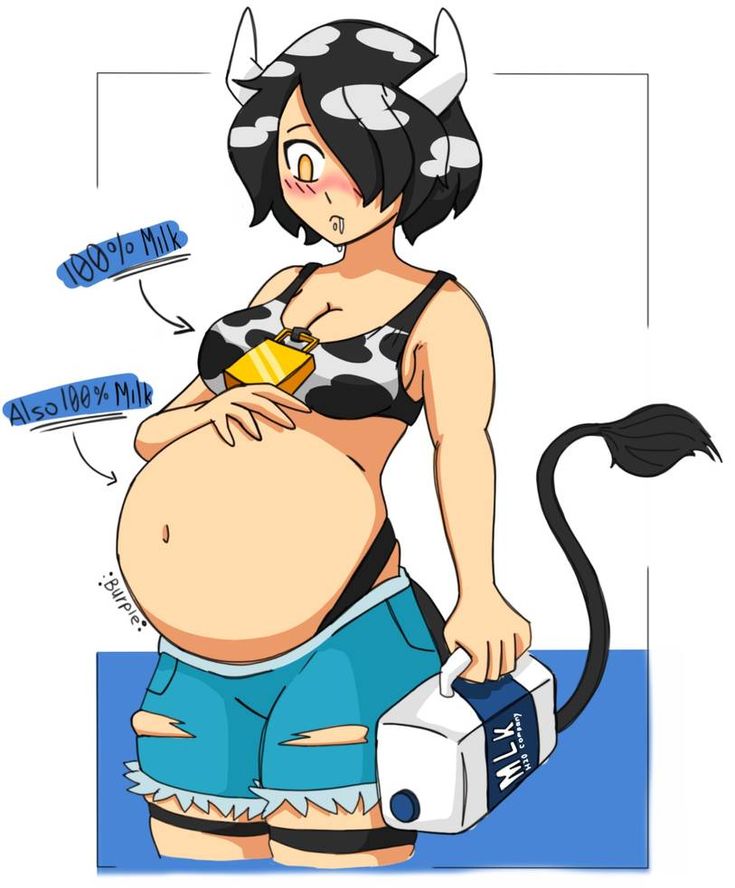 You might find you are even more tired or experience worse morning sickness than you normally would during pregnancy.
You might find you are even more tired or experience worse morning sickness than you normally would during pregnancy.
These side effects are due to your pregnancy hormones. They may clear up after the first trimester, but for some women they last the entire pregnancy. It can help if you make sure your older child is attached well, or change your position while breastfeeding.
You can look after yourself by eating well, making sure you are well hydrated, and getting plenty of rest. You don’t need to take lots of vitamin or mineral supplements — your body will adjust to making breastmilk and nourishing your unborn baby at the same time.
After the baby is born
You can keep feeding your older child after the baby is born. This is called tandem feeding. Your newborn will still get all the colostrum they need. You don’t have to limit your older child to one side.
There are different ways of tandem feeding. You could feed both children at the same time (you might need some cushions to prop you up or you might find it easier lying down).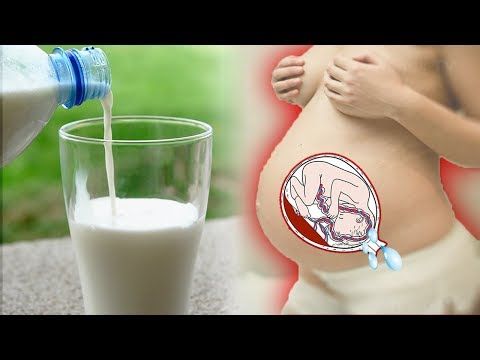 Or you could feed the newborn first and then your older child.
Or you could feed the newborn first and then your older child.
You might find your older child wants to feed all the time because you have a lot of milk. If you like, you can limit their feeds. You might also find that your newborn has trouble coping with your let down reflex because you are producing so much milk. You could try feeding your older child first then attaching the newborn to the other breast after the milk has started to flow.
How to wean your older child
If you decide to wean your older child, it’s a good idea to do this while you’re still pregnant so they don’t have to cope with so many adjustments after the baby is born.
If you would like to encourage your older child to wean while you are pregnant, you could try weaning them slowly by delaying feeds or encouraging shorter feeds. If your child is old enough, explain to them that your breasts feel sore.
For more tips, see weaning.
Speak to a maternal child health nurse
Call Pregnancy, Birth and Baby to speak to a maternal child health nurse on 1800 882 436 or video call. Available 7am to midnight (AET), 7 days a week.
Available 7am to midnight (AET), 7 days a week.
Sources:
American Pregnancy Association (Breastfeeding while pregnant), Australian Breastfeeding Association (Breastfeeding through pregnancy and beyond)Learn more here about the development and quality assurance of healthdirect content.
Last reviewed: September 2021
Back To Top
Related pages
- Breastfeeding your baby
- Weaning
Healthdirect Australia acknowledges the Traditional Owners of Country throughout Australia and their continuing connection to land, sea and community. We pay our respects to the Traditional Owners and to Elders both past and present.
This information is for your general information and use only and is not intended to be used as medical advice and should not be used to diagnose, treat, cure or prevent any medical condition, nor should it be used for therapeutic purposes.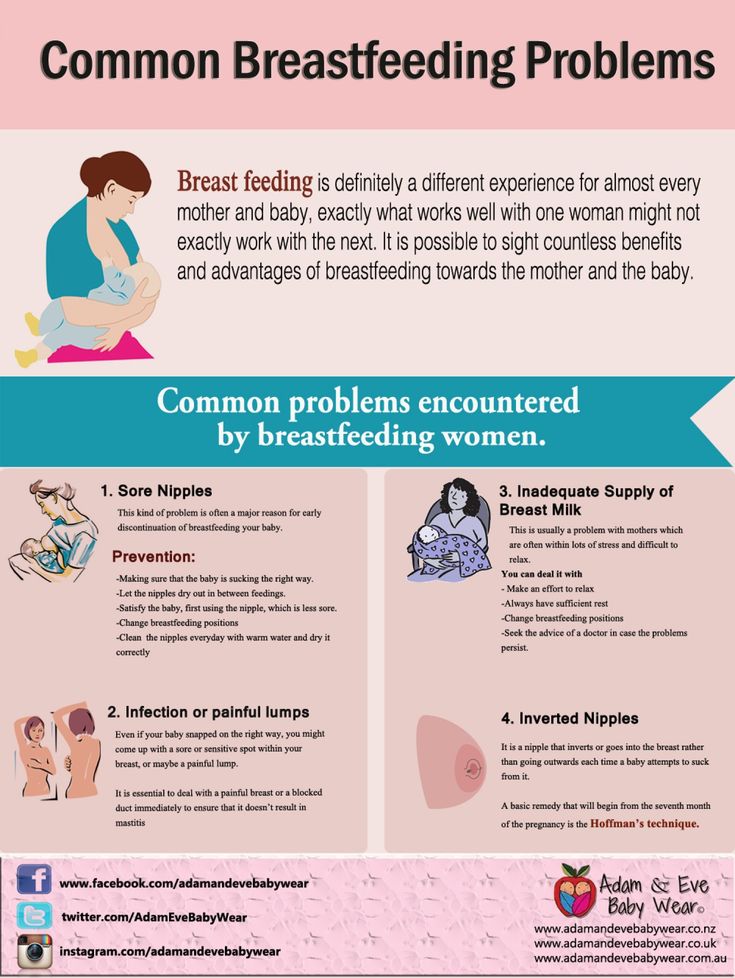
The information is not a substitute for independent professional advice and should not be used as an alternative to professional health care. If you have a particular medical problem, please consult a healthcare professional.
Except as permitted under the Copyright Act 1968, this publication or any part of it may not be reproduced, altered, adapted, stored and/or distributed in any form or by any means without the prior written permission of Healthdirect Australia.
Support this browser is being discontinued for Pregnancy, Birth and Baby
Support for this browser is being discontinued for this site
- Internet Explorer 11 and lower
We currently support Microsoft Edge, Chrome, Firefox and Safari. For more information, please visit the links below:
- Chrome by Google
- Firefox by Mozilla
- Microsoft Edge
- Safari by Apple
You are welcome to continue browsing this site with this browser.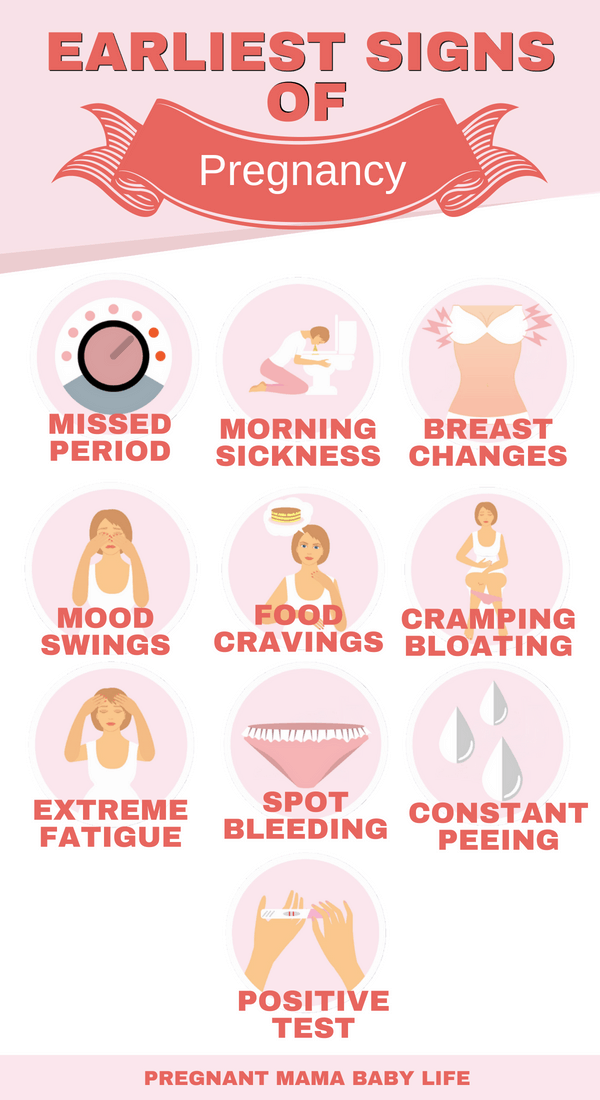 Some features, tools or interaction may not work correctly.
Some features, tools or interaction may not work correctly.
New pregnancy while breastfeeding - what to do?
Number of views: 135 301
You are pregnant while breastfeeding. You are faced with a difficult choice: you do not plan to terminate the pregnancy, and the first-born is still too small to wean him from the breast. How to be? Is it possible to breastfeed during pregnancy? What is it fraught with?
Breastfeeding pregnancy - heart of the matter
Even 300 years ago there was no question of stopping breastfeeding during pregnancy. The woman had no choice - a small child needs food, and there were practically no alternatives to mother's milk.
Today, a pregnant woman can receive a categorical recommendation from doctors as a matter of urgency to wean the firstborn from the breast. Yes, sometimes the completion of breastfeeding is dictated by the interests of pregnancy . But more often than not, it's overkill. Unless there is a clear medical indication, whether or not to feed during pregnancy, and if so, for how long – decision of parents , not doctors and relatives.
But more often than not, it's overkill. Unless there is a clear medical indication, whether or not to feed during pregnancy, and if so, for how long – decision of parents , not doctors and relatives.
The medical side of the issue
Very cautious The decision to continue breastfeeding during pregnancy is worthwhile for women who have experienced preterm labor, recurrent spontaneous miscarriages, or are currently at risk of preterm labor . Here it is important to carefully weigh all the pros and cons, listen to the opinion of your doctor. nine0003 Physicians recommending interruption of breastfeeding are afraid that the onset of pregnancy during breastfeeding may end in miscarriage or the fetus will not grow and develop harmoniously. The reason doctors fear miscarriage or premature delivery is the effect of oxytocin on the uterus. Hormone oxytocin causes milk flushes and uterine contractions . Yes, frequent nipple stimulation can trigger labor pains in a full-term woman. And putting the newborn to the chest allows the uterus to contract after childbirth and return to its previous state. But nature is wise and in most cases breastfeeding does not harm women with normal pregnancies. Once again, we note that we are talking about the norm ! The state of the uterus at the beginning of pregnancy is different from the state "before delivery or immediately after". She has low ability to absorb oxytocin. Between the 1st and 3rd trimesters of pregnancy, the number of oxytocin receptors increases 12-fold. The low ability of the uterus to absorb oxytocin at the beginning of pregnancy suggests that 90,005 HBs will not cause 90,006 effective contractions. One of the reasons recently given by doctors who advocate stopping breastfeeding during pregnancy was the impossibility of prescribing medications . Now the list of drugs allowed for hepatitis B has expanded significantly. Women have the opportunity to receive medical care in the required volume. nine0003 Will the body of a nursing mother be able to provide fetus with all the substances necessary for harmonious development? Good and balanced a feeding woman will have no problem meeting the needs of her baby and unborn child. Of course, she needs a nutritious diet , as well as vitamins that the doctor will prescribe. The problem will arise in case of a lack of nutrients. The deficit will be satisfied at the expense of the resources of the mother's body. The kids will get theirs, but the woman may be emaciated. nine0003 The peculiarities of breastfeeding during a new pregnancy are as follows: Breastfeeding for a child is not only food , but also contact with mother , comfort. There are situations (illness, stress) when the baby is is better left on GV . The ability to suck on his mother's breast has a beneficial effect on his emotional and physical condition. Pregnancy while breastfeeding means very little difference between babies. Jealousy and competition for mother's attention are inevitable here. Many women find that tandem feeding helps them cope with the jealousy of an elder and problems with childcare with a slight age difference. An article about tandem feeding will soon appear in the online magazine MamExpert. One of the mothers of the MamExpert community shared her own experience with us. We gratefully publish her opinion: “I breastfed during pregnancy and in tandem for over a year. And all this period I had to listen to scoldings, starting from the gynecologist in the LCD consultation and up to the head of the department of the 2nd maternity hospital (from her after the birth). Both young and experienced mothers have many questions about breastfeeding. Come to our breastfeeding course! Here you will gain knowledge that will give you a real understanding of what breastfeeding is. You will understand what to do if something goes wrong. Gain self-confidence and be able to enjoy breastfeeding.⠀ Would you like to take a course? Sign up here: https://www. Pregnancy while breastfeeding is not uncommon. In a similar situation, according to studies, are up to 40% of women. When deciding whether to feed or not, it is important to take into account the state of oneself and the baby, feelings, relationships in the family. In most cases, this is not a medical issue, but a parental decision. nine0003 Author of the article: Daria Sovina comments powered by HyperComments and in breast milk. And often in such a situation it is possible to hear from a gynecologist that the child needs to be weaned urgently, because stimulation of the nipples can lead to neither more nor less, but to termination of pregnancy (receptors in the uterus will perceive breast sucking as a signal to contract the walls, which can provoke premature birth). Is it so? Let's figure it out. nine0003 In fact, if your doctor recommends that you stop breastfeeding, it is important to understand the reason for the request. If we talk about the reaction of the uterus to oxytocin released during feeding, then it is very small until the last weeks of pregnancy, since the fetus has not yet matured and the time for childbirth has not yet come, and the number of receptors in the uterus that are sensitive to oxytocin is still very small. If the mother retains breastfeeding until the last days, then RECEPTORS IN THE UTERUS DO NOT REACT THIS WAY TO IRRITATION OF THE NIPPLES , since this process continues in the background throughout the pregnancy, that is, it does not represent anything different from the usual state. When all indicators of mother's health are normal, then THERE IS NO REASON TO STOP NATURAL FEEDING. Nipple sensitivity . This is a fairly common problem and should be taken into account. First of all, you will have to reduce the time of breast sucking and the frequency of attachments. For this child, you can distract with conversations, and it is also recommended to water him more so that the baby does not seek to quench his thirst with breast milk. Decreased milk supply towards the middle of pregnancy. nine0006 During this period, lactation is greatly reduced, and for some mothers, milk may even disappear for several days or even weeks. This period can be used for gentle weaning, or you can keep the attachment, thus maintaining contact with the baby. Complete nutrition. A pregnant and breastfeeding woman simply needs to get a varied diet, complex supplements and vitamins will also be useful. It is important to remember that the body distributes nutrients first to the growing fetus, then to milk, and the rest to the mother herself. The double load - pregnancy and breastfeeding - should be fully compensated by adequate nutrition, rich in all the necessary vitamins and minerals. nine0003 More rest. It is important for a future mother to understand that she receives an increased load on her body, comparable to carrying twins, so timely and proper rest is vital for her! Looking for helpers and asking for help from loved ones in such a situation is not a whim, but a necessity. Carrying on hands. It is impossible to refuse to carry the older child in her arms when a new pregnancy appears, especially if at the time of its onset the baby is less than a year old. That is, theoretically, each time breastfeeding, a woman can provoke uterine contractions, which will lead to a miscarriage. But in practice, things don't quite work out that way. nine0003
That is, theoretically, each time breastfeeding, a woman can provoke uterine contractions, which will lead to a miscarriage. But in practice, things don't quite work out that way. nine0003 
Nutrition of the expectant mother
Difficulties to be encountered
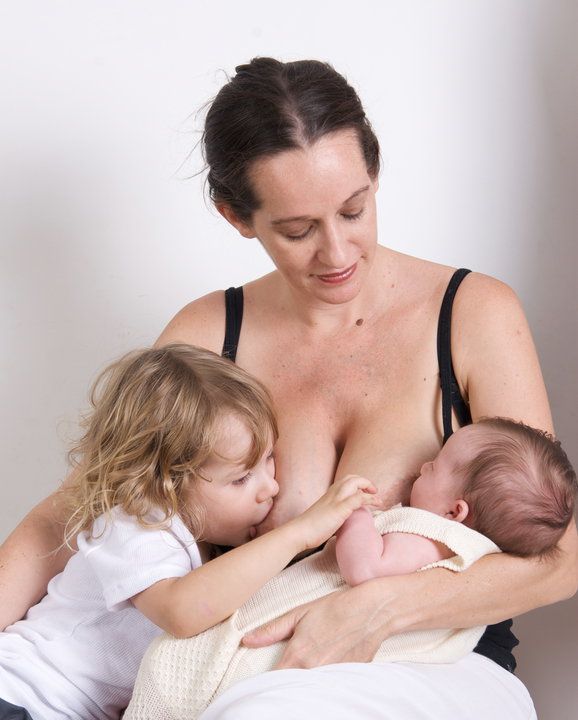 A woman may feel unexpected attacks of pain in the nipples or breasts, they are provoked by hormonal changes in the body. You can solve the issue with lanolin . Due to its viscosity, it blocks the nerve endings on the nipple and reduces sensitivity . Lanolin can be applied a few minutes before feeding in a thin layer.
A woman may feel unexpected attacks of pain in the nipples or breasts, they are provoked by hormonal changes in the body. You can solve the issue with lanolin . Due to its viscosity, it blocks the nerve endings on the nipple and reduces sensitivity . Lanolin can be applied a few minutes before feeding in a thin layer.
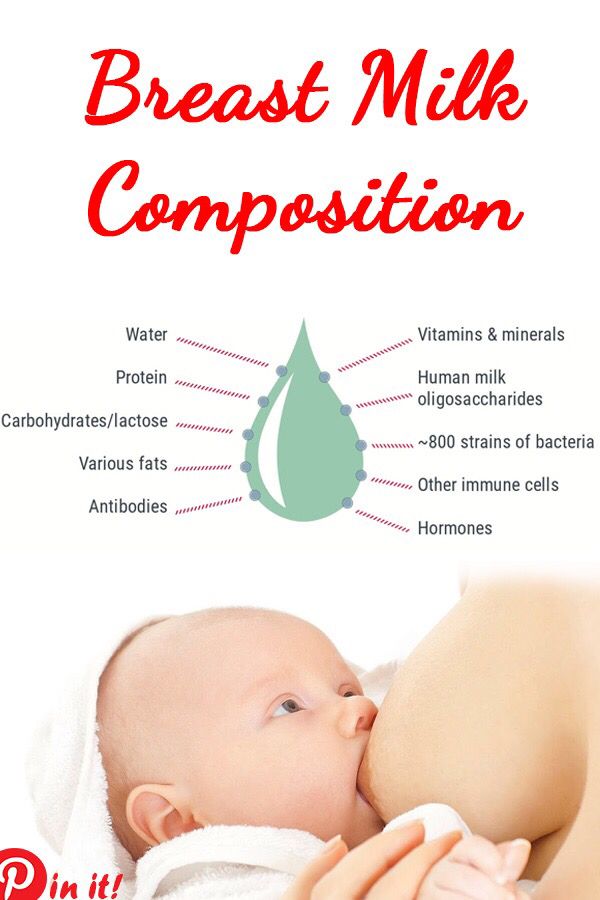 The onset of pregnancy during breastfeeding leads to hormonal changes in the body. As a result, the amount of lactose in milk is reduced, but the amount of sodium increases. The taste of milk changes.
The onset of pregnancy during breastfeeding leads to hormonal changes in the body. As a result, the amount of lactose in milk is reduced, but the amount of sodium increases. The taste of milk changes. Arguments "for"
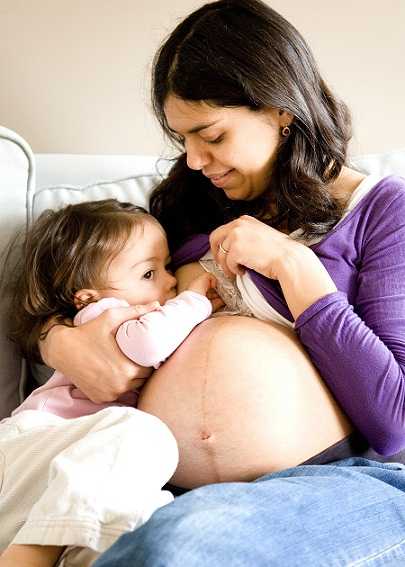 If mommy can organize the feeding of the eldest without harming herself and the unborn baby, this will be the best way out.
If mommy can organize the feeding of the eldest without harming herself and the unborn baby, this will be the best way out. Comment of a tandem-feeding mother
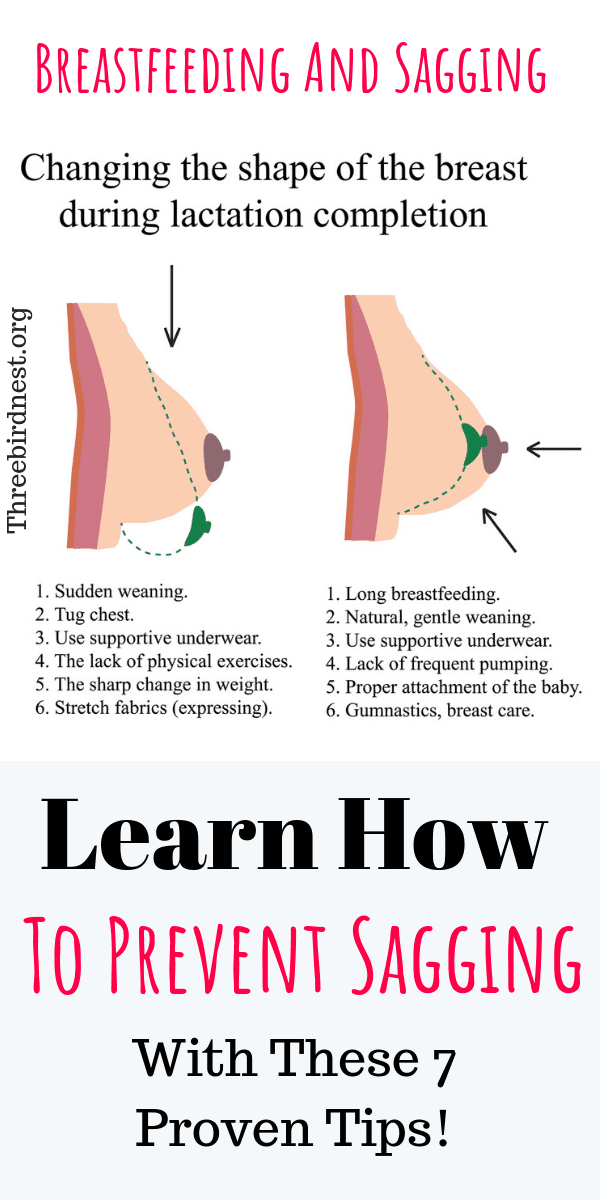 Moreover, in the period from 36 weeks until delivery (41.1), the doctors were glad that I was breastfeeding, hoping that this would stimulate labor early, since the fetus was large. The first contraction really came during feeding, but already at 41.1. The boy was born 57 cm 4375 gr. Then even the dermatologist tried to stick his nose into my breastfeeding. And about pediatricians who strictly say that after a year there is nothing to feed children with breast milk, I generally keep quiet. This is a personal matter for everyone, and sticking your nose into someone else's GV is at least not competent! Only one doctor in the ambulance could explain to me why our doctors demand so much to stop breastfeeding early: to make it easier to treat mothers if they get sick. If someone would give me some more intelligible argument against breastfeeding after a year, and this applies to both state institutions and adult and pediatric medicine, as well as paid centers. nine0003
Moreover, in the period from 36 weeks until delivery (41.1), the doctors were glad that I was breastfeeding, hoping that this would stimulate labor early, since the fetus was large. The first contraction really came during feeding, but already at 41.1. The boy was born 57 cm 4375 gr. Then even the dermatologist tried to stick his nose into my breastfeeding. And about pediatricians who strictly say that after a year there is nothing to feed children with breast milk, I generally keep quiet. This is a personal matter for everyone, and sticking your nose into someone else's GV is at least not competent! Only one doctor in the ambulance could explain to me why our doctors demand so much to stop breastfeeding early: to make it easier to treat mothers if they get sick. If someone would give me some more intelligible argument against breastfeeding after a year, and this applies to both state institutions and adult and pediatric medicine, as well as paid centers. nine0003  Each baby is individual and with him parents can get into a situation that did not arise with older children! MamExpert courses will help you not to succumb to difficulties and find a solution to any issue.
Each baby is individual and with him parents can get into a situation that did not arise with older children! MamExpert courses will help you not to succumb to difficulties and find a solution to any issue. Course speaker
Inna Shabelnikova - certified lactation consultant, leading lecturer MamExpert and mother of three children - Every day I come across mothers who have been told that they are "not dairy", that their milk is not nutritious enough for the baby and much more .. . utter. These are all myths! The limits are only in your head! You will be able to feed, enjoy it and give the child all the best! nine0149
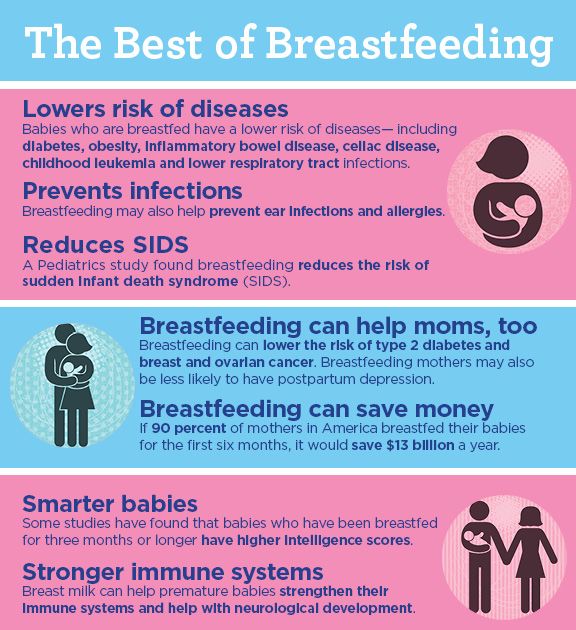 mamexpert.by/ochnye-kursy/ or call +375 44 553 20 50!
mamexpert.by/ochnye-kursy/ or call +375 44 553 20 50! Breastfeeding during pregnancy
Why do doctors insist on stopping lactation during pregnancy?
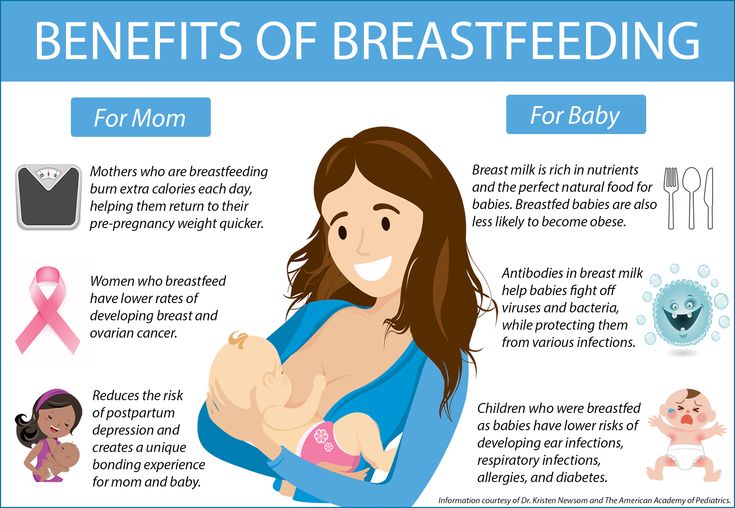 If there is a threat of termination of pregnancy due to, say, the tone of the uterus, then TERMINATION OF BREASTFEEDING WILL NOT SOLVE THIS PROBLEM. This will require a comprehensive solution to the problem, perhaps even hospitalization.
If there is a threat of termination of pregnancy due to, say, the tone of the uterus, then TERMINATION OF BREASTFEEDING WILL NOT SOLVE THIS PROBLEM. This will require a comprehensive solution to the problem, perhaps even hospitalization.  Mom does not have new responsibilities for caring for a child who is learning to fall asleep without a breast, and the hormonal background does not change. Everything remains the same, which, of course, has a beneficial effect on the well-being of a pregnant woman. nine0003
Mom does not have new responsibilities for caring for a child who is learning to fall asleep without a breast, and the hormonal background does not change. Everything remains the same, which, of course, has a beneficial effect on the well-being of a pregnant woman. nine0003 What are the difficulties you may face while breastfeeding during pregnancy?
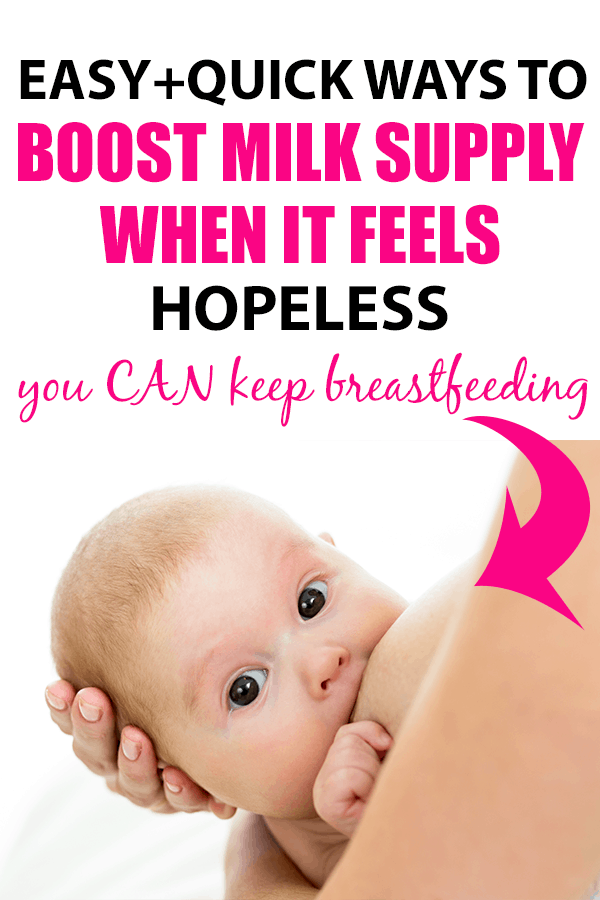 By the third trimester, colostrum most often already appears.
By the third trimester, colostrum most often already appears. What should mothers pay attention to when breastfeeding during pregnancy?
